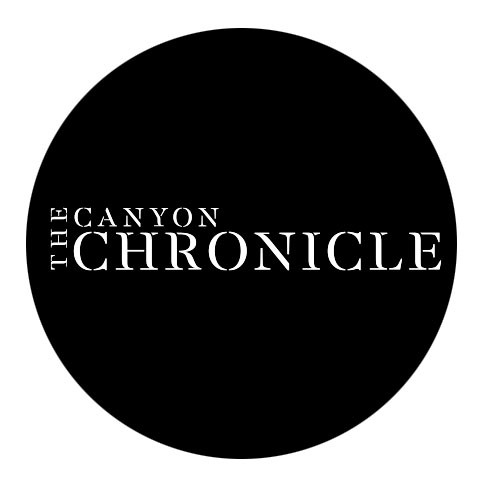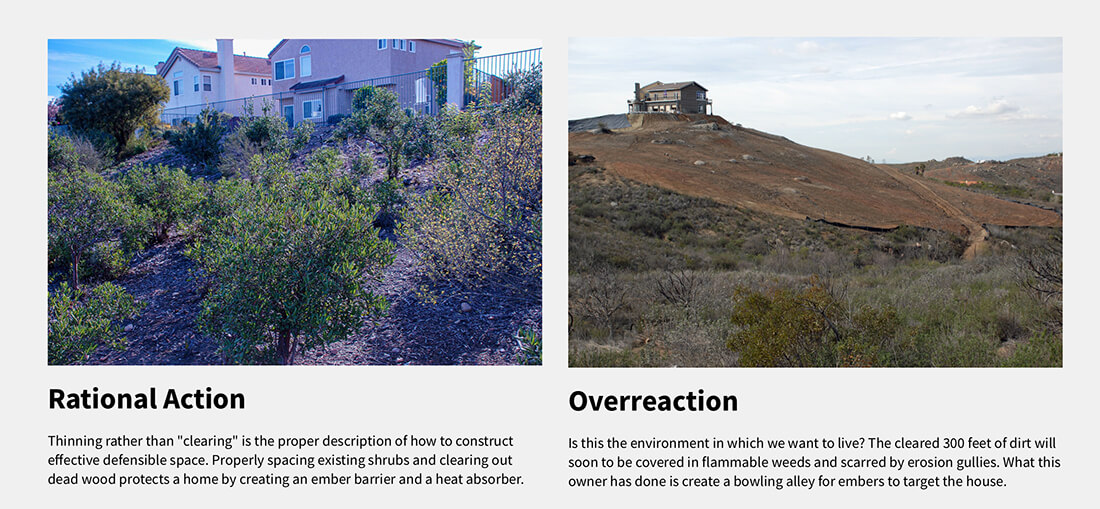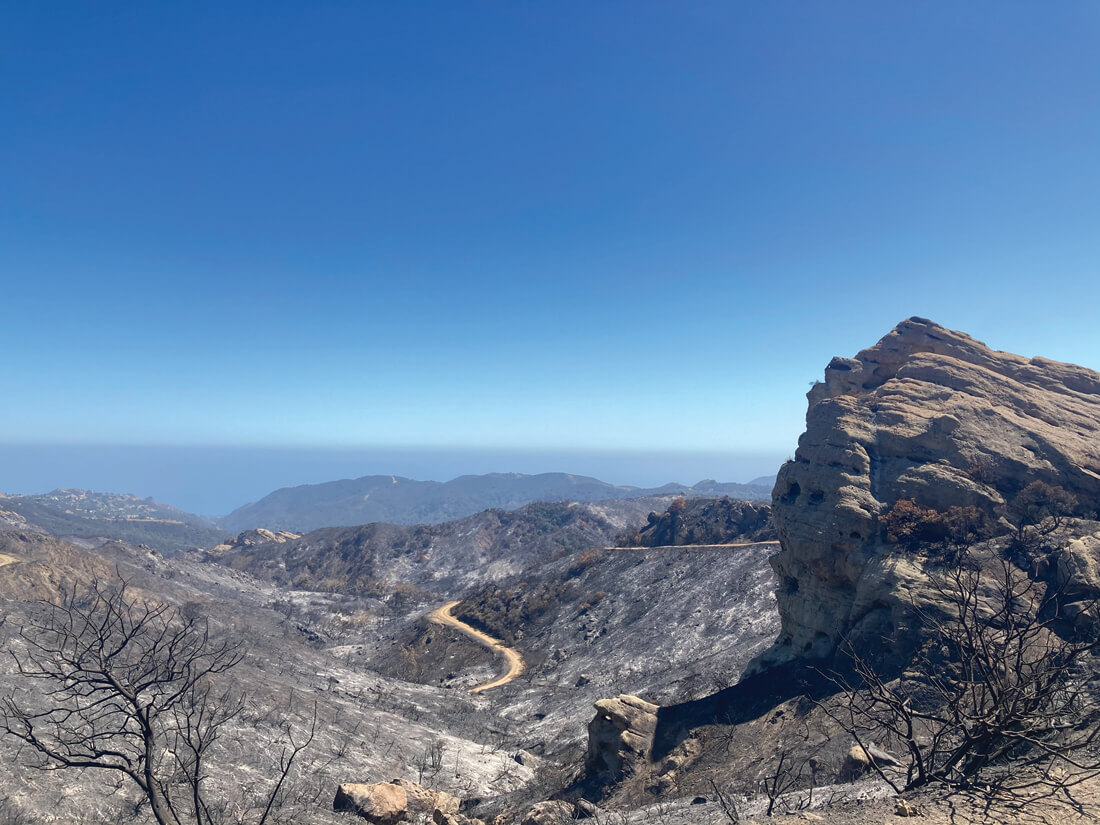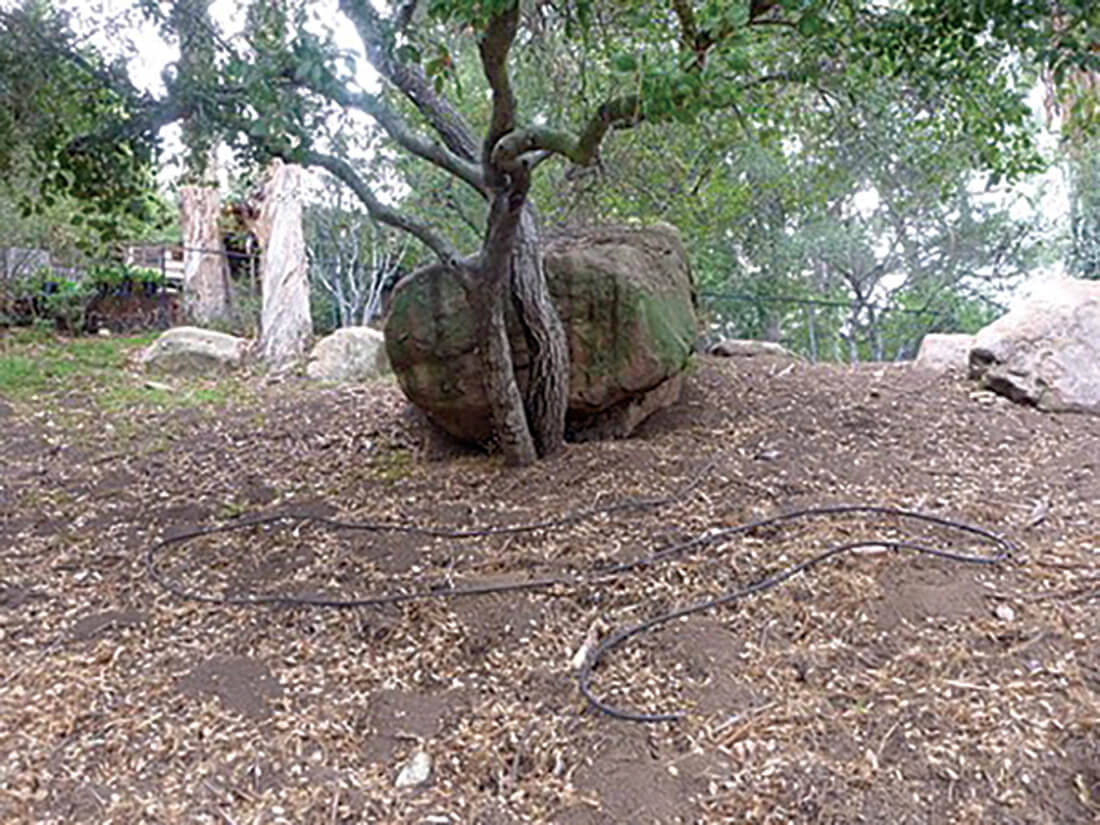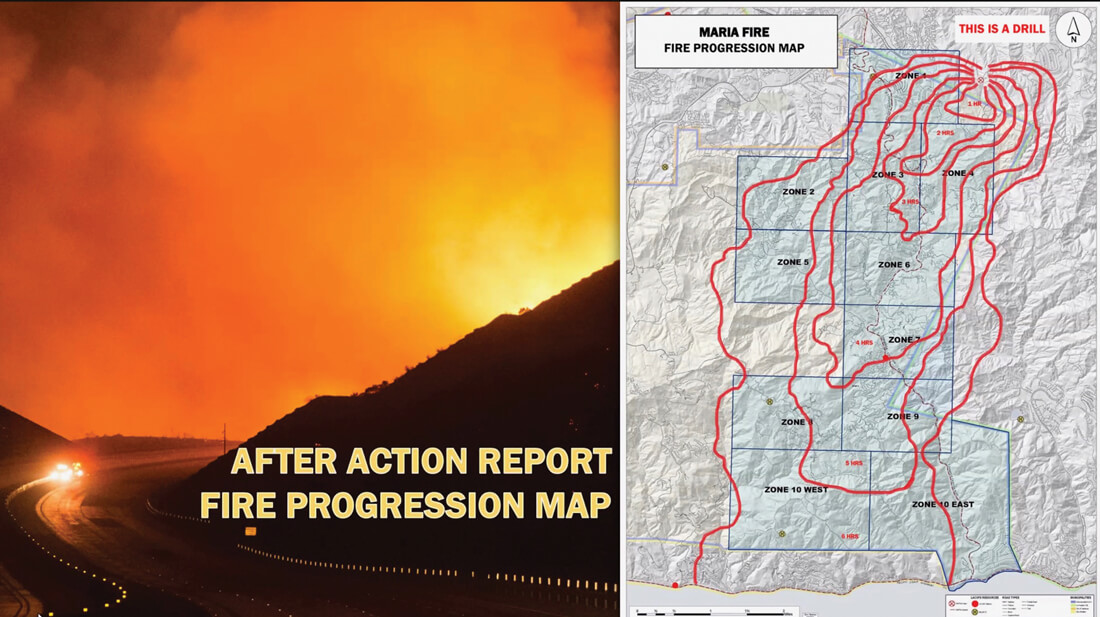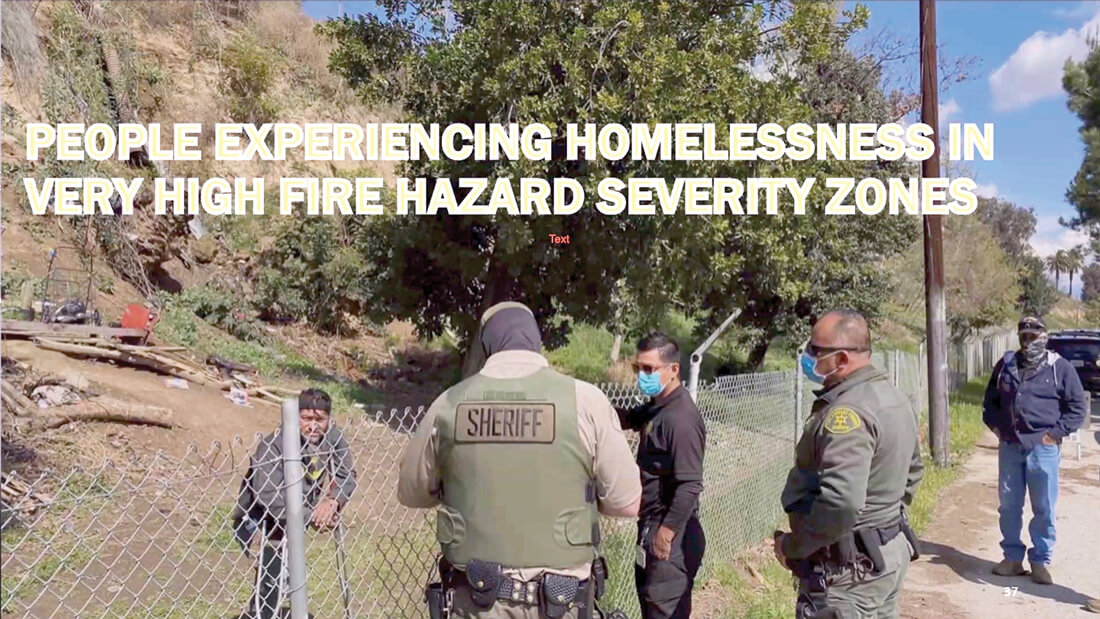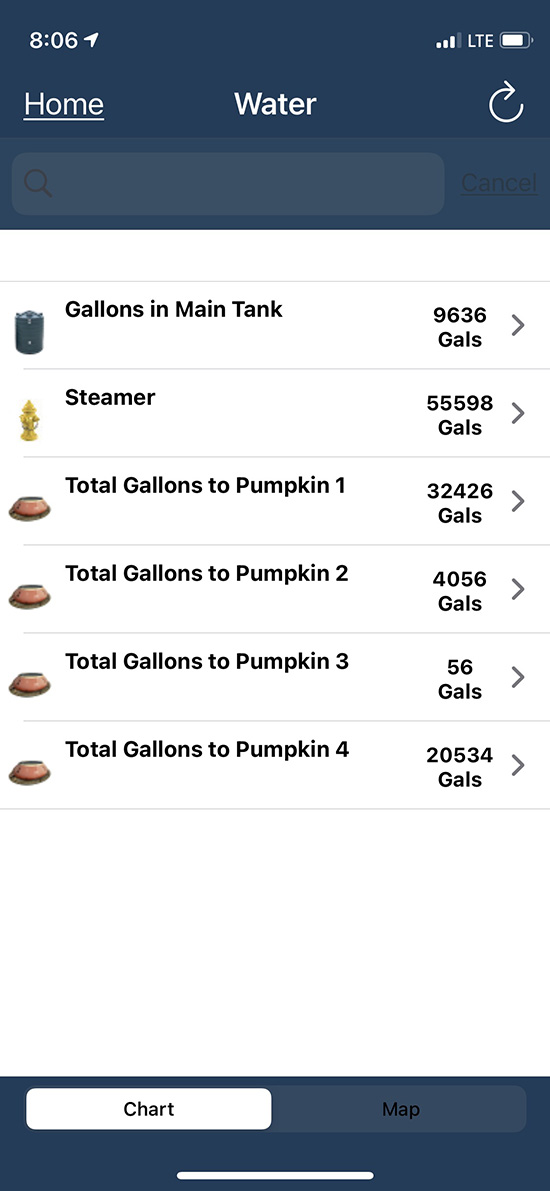Fire Prevention, Home Protection
Fire season began early this year with the Palisades Fire that burned more than a thousand acres from May 14–May 26, through Topanga State Park before it was stopped.
Looking ahead to a dry summer into fall, the June 24 meeting of the Las Virgenes Homeowner’s Federation(LVHF) was a double barrel firehose of information from two heavyweights in the field of fire prevention and preparedness, Craig Lapsley, head of emergency services for the state of Victoria, Australia, and the one in charge of the Chinook deployments for LA, Ventura and Orange counties, and Richard Halsey, Director and Founder of the California Chaparral Institute, whose presentation suggested that the traditional approach to wildfire protection is backward.
Quick Reaction Force (QRF)
The Quick Reaction Force provides day and night aerial fire fighting aiming to keep small fires small by protecting the LA Basin with large Helitankers operating as one force, and being supplemented with specialist aircraft creating real time information to assist better decision making. In his overview of the Chinook Quick Reaction Force (QRF), Lapsley listed four objectives:
To react quickly with the QRF and attack wildland fires in their incipient stage.
Apply sufficient force to meet an operational goal of suppressing 95% of wildland fires to 10 acres or less.
Provide an aerial night-fighting force that is able to continue perimeter control operations throughout the first burning period in the event the fire escapes initial attack.
Be capable of delivering water and fire retardant day and night.
The QRF Consists of:
• Three contracted helitankers and one supervising helicopter.
• The supervising helicopter will be FireWatch76 with a highly qualified Helicopter coordinator on board.
• The helitankers can be any combination of the three contracted helicopters or all three may be assigned to the same fire
• The QRF will be available 24/7 primarily in the Southern California Edison Service Area
• The QRF is a cooperative operational concept between three fire jurisdictions, the private sector and two contractors, being hosted by three fire departments being ORC, LAC, VNC.
• Southern California Edison is funding the standby and startup costs for the QRF.
Coulson Group is providing the specialized aircraft and necessary ground support.
• Perimeter Solutions is providing the Mobile Retardant Plant.
The elements of the QRF will be hosted and managed separately by the three participating counties, ORC, LAC and VNC. Even though the QRF is intended to operate as a package, each county is responsible for and holds the contract for a specific asset(s). Each county has the authority and responsibility to manage the activities of the resource(s) assigned to them. The function ability of the QRF relies largely on cooperation between the host agencies.
The ability to work multiple CH-47D VLHT (Very Large Helitankers) and other helitanker aircraft together dramatically improves water and retardant delivery rates and will create a significant and dynamic perimeter control synergy.
Each VLHT is capable of delivering 3000 gallons of water and fire retardant in a single drop, made possible with technology, to adjust the flow rates to fine tune water/retardant delivery. No other aircraft in the world has the night and day agility and overall capability of (Coulson Aviation) CH-47D VLHTs and S61 Helitanker. The knockdown power of multiple water or retardant night dropping VLHT and other night-capable helitankers working together is a game-changer and a capability that has never before been available to local, state, or national wildland fire agencies. Water and retardant will be deployed, with portable water and retardant refilling locations being established, among them 69 Bravo.
Protecting Your Home
Richard Halsey, Director and Founder of the California Chaparral Institute, presented three key points at the June 24 LVHF meeting. “The Homeowners Guide to Fire: From the House Outward” says, “The traditional approach to wildfire protection is backward. It focuses on vegetation rather than what we want to protect—our families and homes.”
Halsey pointed to three key points in home protection.
Key Point One: Flying embers are the biggest threat to homes, especially from wind-blown embers that can travel a mile or more. The solution is to reduce the flammability of the home by installing ember-resistant vents, Class A roofing, and exterior sprinklers. A wet home keeps embers and flames at bay. Most important is to remove flammable materials from around the structure such as litter in gutters, wood stacks, wood fencing and lawn furniture.
Key Point Two: It’s not wildland vegetation, it’s the location, building on steep slopes in Santa Ana wind corridors and in low-density developments intermingled with wild lands were the most likely to have burned. A research study of vegetation growing within roughly half a mile of structures, the authors concluded that the exotic grasses that often sprout in areas cleared of native habitat like chaparral could be more of a fire hazard than the shrubs.
Key Point Three: Defensible space can work, but beyond 100 feet is counterproductive.
The notion that if 100 feet of defensible space is good, then 200-300 feet must be better is false. Creating large areas of clearance with little or no vegetation creates a “bowling alley” for embers. Without the interference of thinned, lightly irrigated vegetation, the house becomes the perfect target for embers. To make matters worse, when a fire front hits a bare fuel break or clearance area, a shower of embers is often released.
There is a difference between “clearing” a space and the preferred term, “thinning” trees and shrubs and prevent growth of weedy grasses by not disturbing the soil. A modified canopy of vegetation to shade the ground helps reduce weed growth.
Bare soil clearance not only unnecessarily compromises large amounts of native wildlands and increases erosion, but will lead to the growth of weeds in the now disturbed soil. These weeds are considered “flashy fuels” which actually increase fire risk because they ignite so easily.
“We can do this if we change our approach. We can preserve and protect our homes, communities, parkland, native habitat and wildlife, if we follow the science, understand the fire facts, harden our homes, create defensible space, mitigate ignition points, and employ common sense,” Halsey said.
For more information: californiachaparral.org/fire/protecting-your-home;
californiachaparral.org/__static/b69921e9868e8d87be914a31af4c4b90/from-the-house-outward-v4(3).pdf?dl=1




